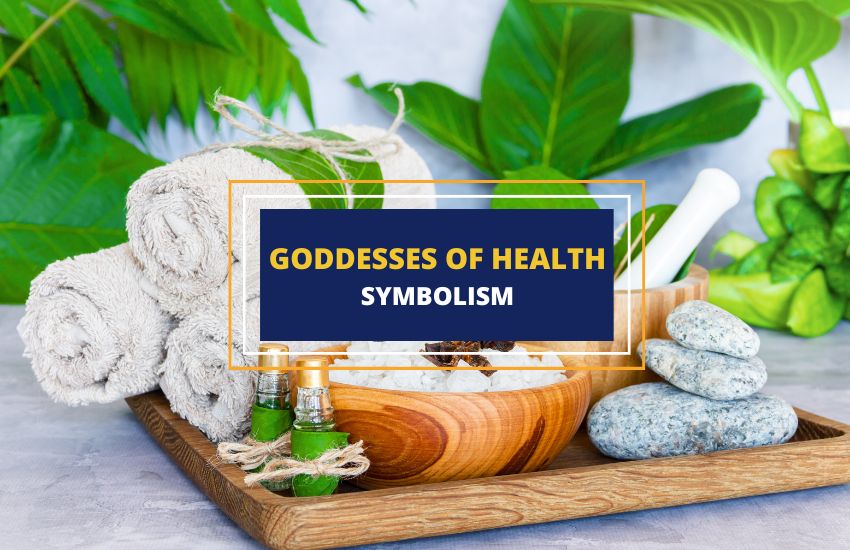
Table of Contents
Health is a fundamental aspect of human life that has been valued by different cultures and civilizations throughout history. In ancient times, people believed in the power of gods and goddesses to bring about healing and wellness.
These divine beings were seen as guardians of physical and mental health and were worshipped and invoked in times of sickness and disease.
In this article, we’ll explore the fascinating world of goddesses of health, their stories, symbolism, and significance in different cultures around the world.
1. Hygieia (Greek Mythology)
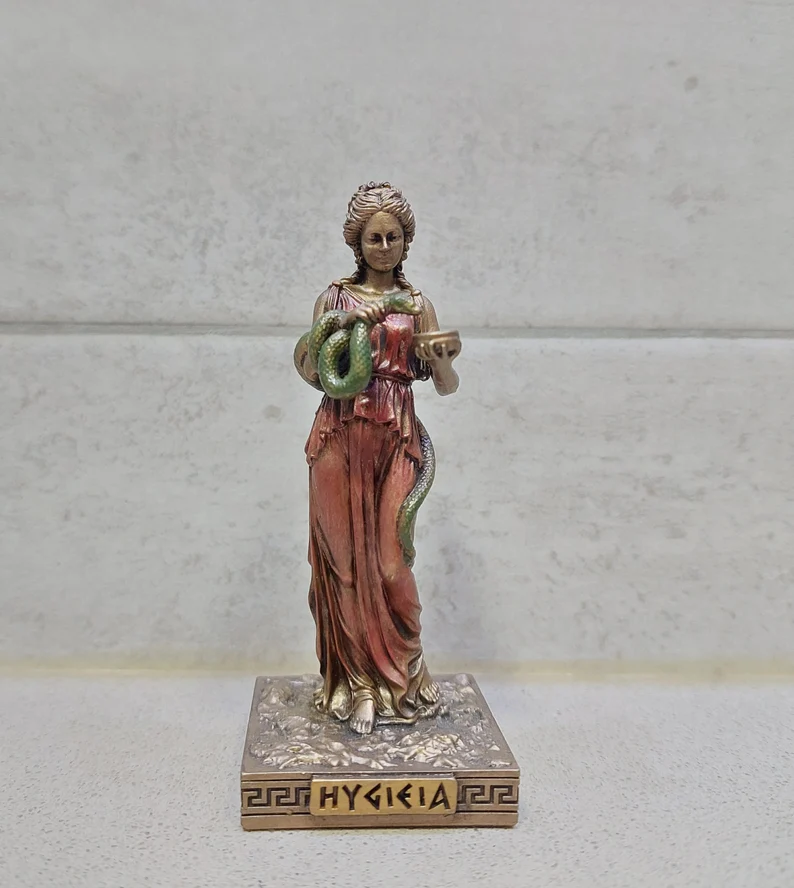
In ancient Greek mythology, Hygieia was the dazzling goddess of well-being, cleanliness, and hygiene. As the daughter of the god of medicine, she was a vital member of the divine medical team, known as the Asclepiadae family.
Hygieia‘s name, derived from “healthy,” made her a symbol of optimal well-being, and she wielded remarkable powers to safeguard and promote wellness among mortals. Her siblings, Aceso, Iaso, Aegle, and Panacea, contributed to the family’s reputation as the ultimate medical practitioners in Greek mythology.
Hygieia was often depicted with a sacred snake and a bowl, representing rejuvenation and the cycle of life and health. Worshipped for her ability to offer security against sickness and guarantee good well-being, she remains a captivating figure in ancient mythology.
2. Sitala (Hindu Mythology)
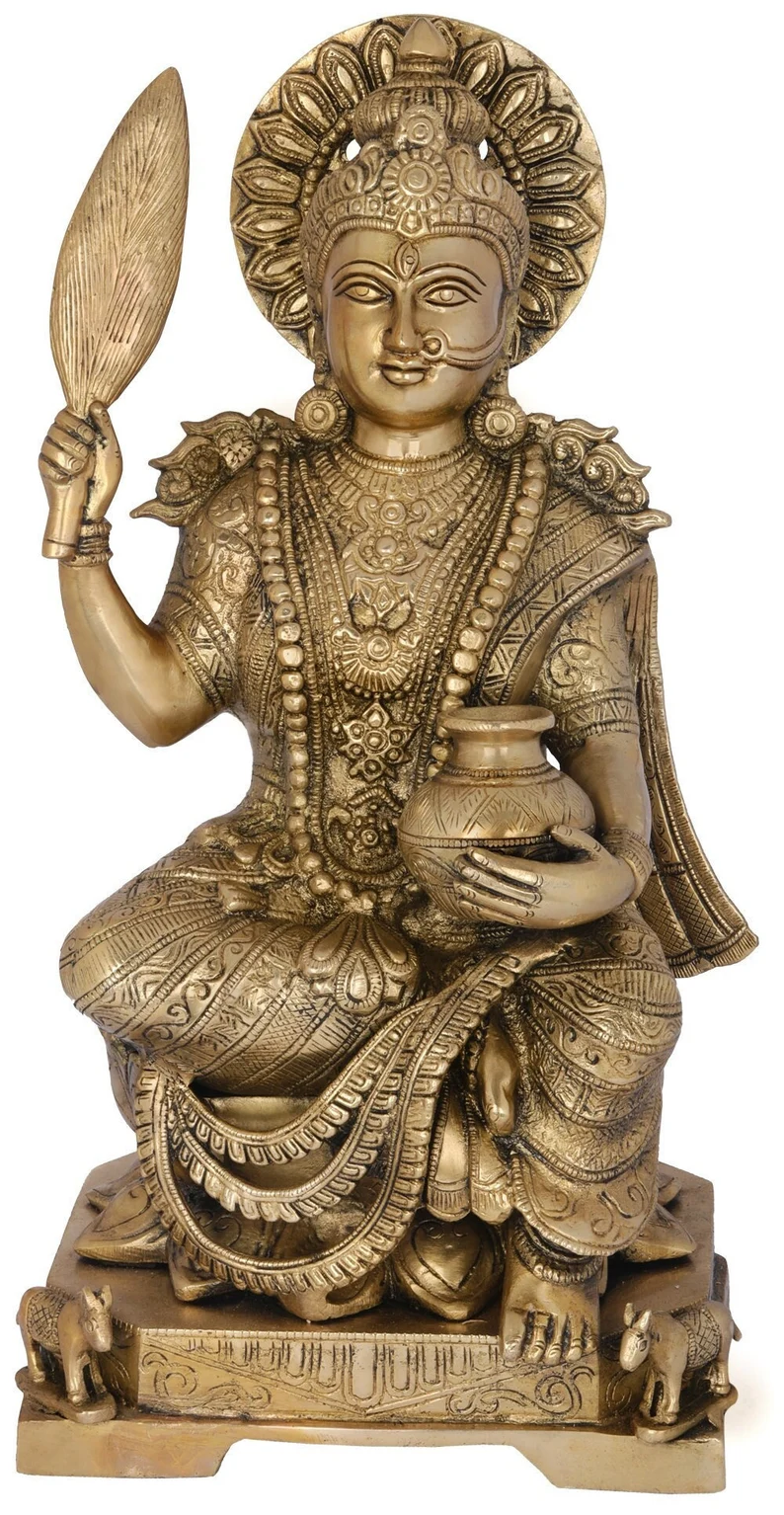
In Hindu mythology, Sitala is the enchanting goddess of health and protector from diseases, particularly smallpox and chickenpox. She embodies calmness and serenity, using her powers to aid those suffering from various disorders while punishing those who upset her.
Sitala carries a broom, a fan, and a water pot as her divine tools, symbolizing cleanliness, cooling of feverish bodies, and healing water.
Worshipped for her ability to cleanse her followers of their diseases, both physical and spiritual, Sitala holds an esteemed position in Indian mythology as the goddess who promotes healthy living and protects her devotees from epidemics.
3. Bona Dea (Roman Mythology)
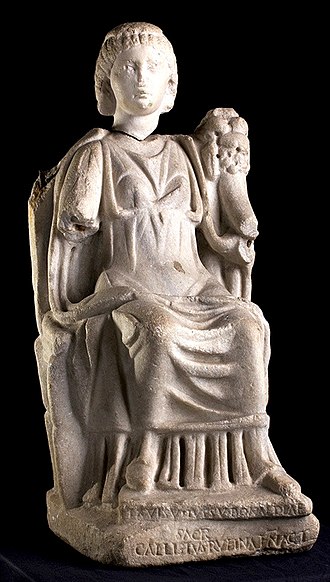
Bona Dea, the enigmatic Roman goddess of health, fertility, and healing, emanates an aura of mystery and intrigue. Her name, “Good Goddess,” signifies her benevolent and protective nature, offering her devotees guidance, health, and well-being.
The true name of Bona Dea remains shrouded in secrecy, known only to members of her cult. This aura of mystery adds to her allure, as her worshippers regarded her with deep respect and reverence. Bona Dea’s powers extend beyond health, representing the earth’s fertility and safeguarding women’s lives.
Like the Greek goddess Hygieia, Bona Dea’s association with serpents reflects her healing abilities. Often depicted with a snake, she further cements her role as a powerful deity capable of bestowing health upon her followers. Additionally, she carries a cornucopia, symbolizing abundance, and prosperity.
4. Shaushka (Hittite Mythology)
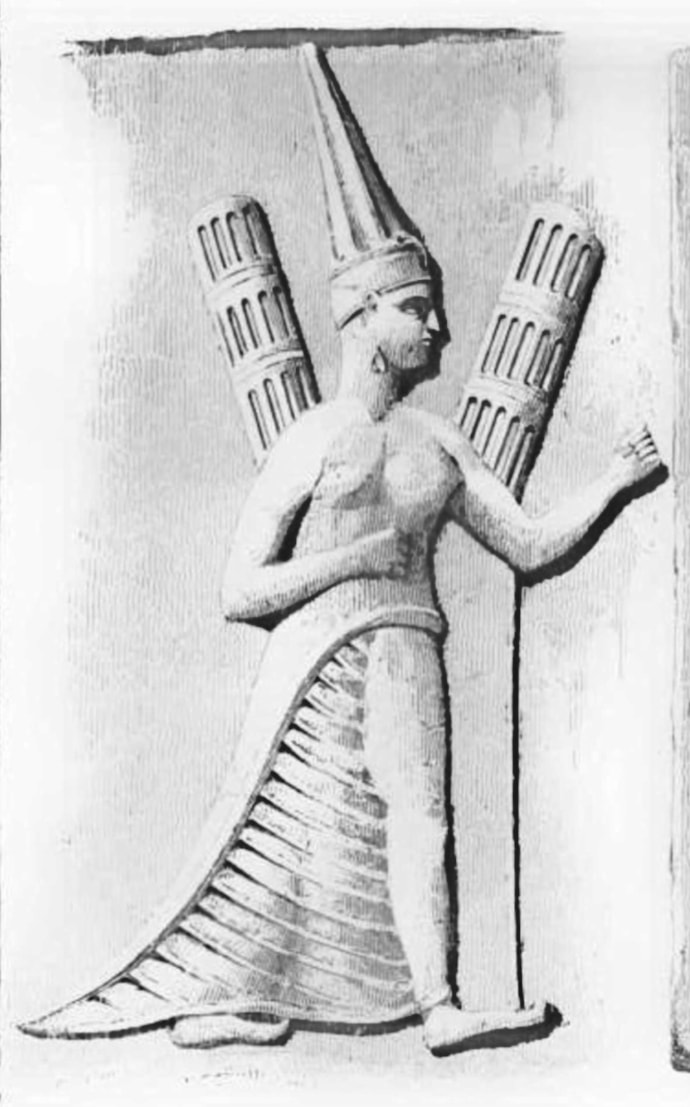
Shaushka, the enigmatic Hittite goddess, is a complex blend of different divine aspects, including fertility, prosperity, and war. Her origins lie in the ancient Middle East, where she gained a widespread following among the Hittite and Hurrian communities.
Although not primarily associated with health, Shaushka’s influence on wealth and abundance made her an essential figure in these societies.
Comparable to the Mesopotamian goddess Ishtar and the Sumerian goddess Inanna, Shaushka possesses a diverse range of powers and responsibilities. As a fertility goddess, she promotes growth and prosperity, while also acting as a healer and health protector.
Her association with war demonstrates her versatility as a deity, embodying power and strength to protect her followers from harm. Depictions of Shaushka show her with a lion, emphasizing her ferocity and courage as a protector.
5. Asherah (Canaanite, Ugaritic, and Israelite Religions)
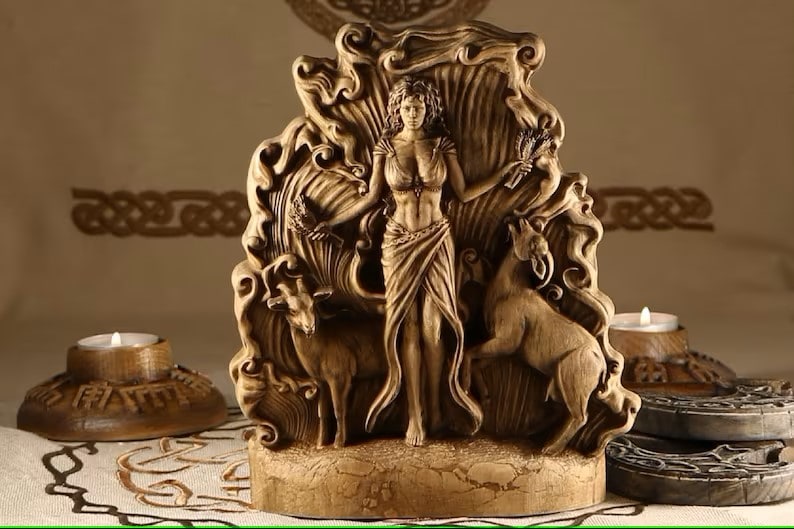
Asherah, a multifaceted goddess, held a unique position in the pantheon of Canaanite, Ugaritic, and Israelite religions. As the mother goddess, she embodied nurturing qualities, offering love, care, and protection.
Asherah’s roles as the consort of the chief god El and protector of fertility and childbirth demonstrate her importance to her followers. Her symbol, the Asherah pole, representing the tree of life, highlights her connection with nature and life-giving forces.
Appearing in various texts and inscriptions from the ancient Near East, Asherah’s popularity transcended individual cultures and religions, revealing her significance in the broader religious landscape as the consort of the Israelite god Yahweh.
6. Ixchel (Maya Mythology)
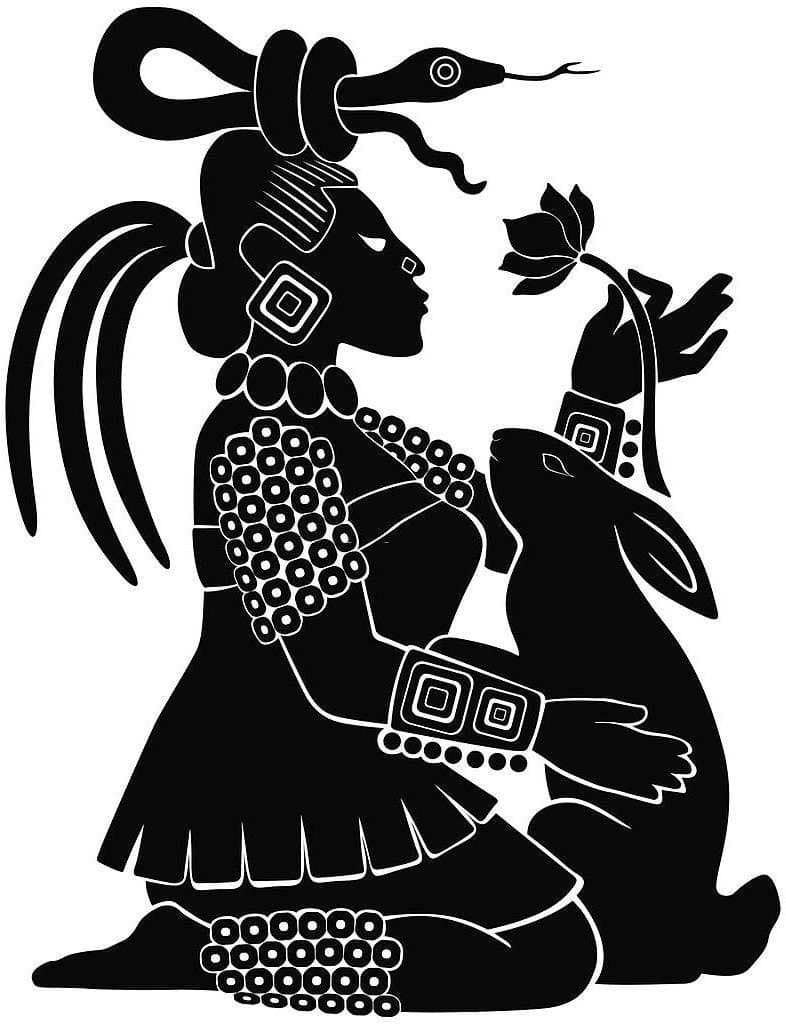
Ixchel, a goddess in ancient Maya mythology, rules over the moon and wields power over fertility, childbirth, and medicine. Her significance to the Maya people as a deity of health and wellness is unmatched.
The name Ixchel likely derives from the Maya language, with “Ix” signifying goddess and “Chel” meaning “rainbow,” showcasing her connection to the natural world’s vivid colors and beauty.
Ixchel’s expertise in healing, pregnancy, and childbirth made her a beloved and revered figure. Her association with the moon and water underlined her connection with the earth’s natural rhythms, emphasizing her role in promoting life and prosperity. Ixchel’s unique blend of responsibilities makes her a dynamic and captivating goddess in Maya mythology.
7. Macha (Celtic Mythology)
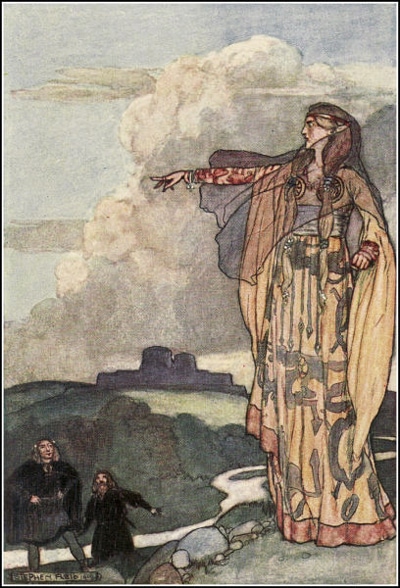
Macha, a mesmerizing figure in Celtic folklore, embodies different aspects of divine nature, including well-being, war, and security. While not exclusively the goddess of well-being, her defensive nature and association with the earth make her a critical deity in the lives of her followers, offering protection and prosperity essential for good health.
Derived from the Old Irish word “mag” or “macha,” meaning “field” or “plain,” Macha’s name reflects her close relationship with the land, highlighting her role as a guardian of the earth and its people’s welfare.
In Celtic mythology, Macha appears in various forms and legends, including the tale of Emain Macha, where she races while pregnant to protect her husband’s honor. As she crosses the finish line, she gives birth to twins and curses the men of Ulster with labor pains during crises, demonstrating her power as a protector and connection to childbirth.
8. Toci (Aztec Mythology)
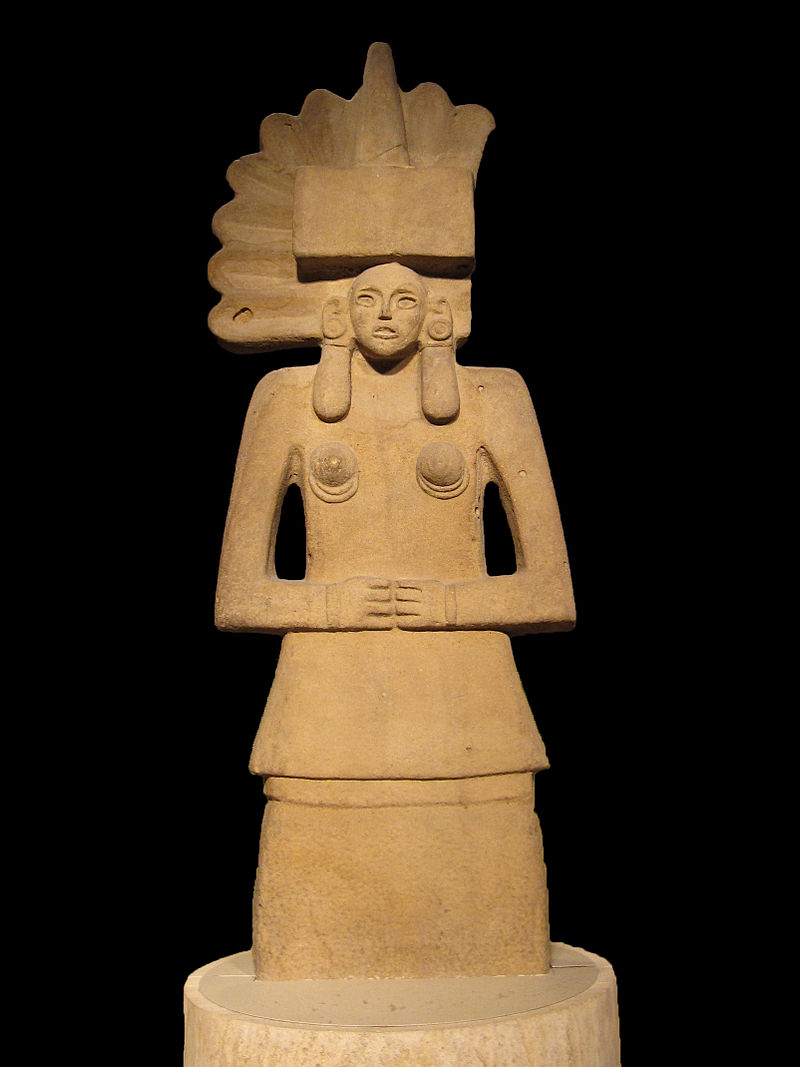
Toci, a captivating goddess in Aztec mythology, bears the title “Mother of the Gods,” also known as Tlazolteotl, signifying her multifaceted roles of health, purification, and fertility. As a protector and nurturer, Toci provides her followers with healing, security, and the promise of new beginnings.
The name “Toci,” derived from the Nahuatl word “toconi,” meaning “our grandmother,” reinforces her maternal qualities. Her other name, Tlazolteotl, relates to cleansing, linking her to both physical and spiritual purity.
Toci’s knowledge of the human body and the natural world endows her with the power to cure and cleanse her worshippers, ensuring their physical and spiritual well-being. As a patroness of midwives, she safeguards and directs them during childbirth, ensuring the safe arrival of new life.
Toci’s association with fertility and the earth underscores her life-sustaining traits, highlighting her critical role in promoting growth and prosperity.
9. Gula (Mesopotamian Mythology)
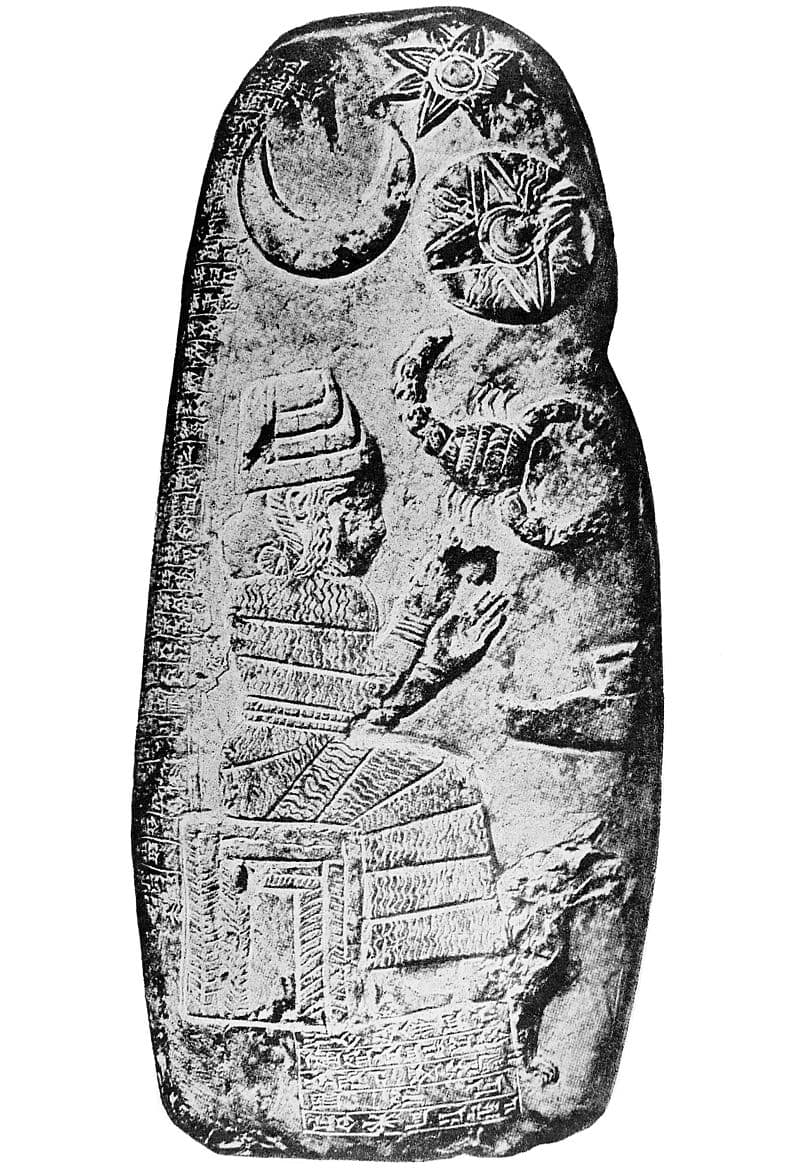
Gula, an influential goddess in Mesopotamian mythology, is a powerful deity of health, healing, and protection. Gula is similar to the Sumerian goddess Ninkarrak and the Babylonian goddess Nintinugga.
Her name, Gula, originates from the Akkadian word “gullatu,” meaning “great” or “column base,” a fitting title for a goddess revered for her abilities to restore health and well-being. She is also known as Bau, Ninkarrak, and Nintinugga, each name highlighting her significance in various Mesopotamian cultures.
Gula’s connection to dogs further emphasizes her healing powers. People believed that dogs could ward off evil spirits and assist in the healing process. The association with dogs highlights her protective nature and her role in keeping her followers safe from harm.
Notwithstanding her abilities to recuperate, Gula is a humane and sustaining figure, offering direction and support to those out of luck. Her sanctuaries were brimming with people who used them as safe havens.
10. Nemetona (Celtic Mythology)

Nemetona, in Celtic folklore, is a powerful goddess of sacred spaces and safe havens. Her divine work as a defender, protector, and nurturer added to the prosperity of her faithful.
The name Nemetona relates to the Celtic word “nemeton,” which means “sacred woods.” This association highlights her deep connection with nature, sacred sites, and the idea of protection in both physical and spiritual realms.
Nemetona offers her followers protection and refuge as a guardian of sacred spaces. Her presence ensures the sanctity and safety of these locations, where individuals can seek solace, meditate, and find peace.
Nemetona’s association with the earth and nature likewise recommends her as a healer and a protector. As a guardian of sacred forests and places of love, she encapsulates the nurturing energies of the earth, advancing development, restoration, and revival.
11. Sirona (Celtic Mythology)
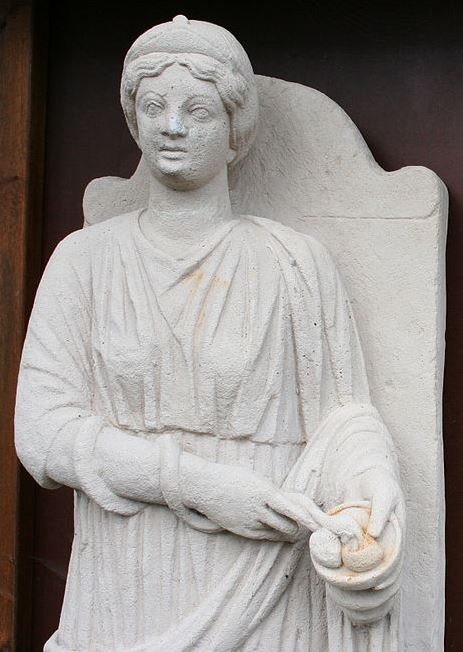
Sirona was a deity of healing, mending, well-being, and prosperity. Her name, “siron,” comes from the old Celtic language and signifies a star. Sirona encapsulates divine energies, symbolizes light, and provides well-being for her admirers.
As a goddess of well-being and healing, Sirona has tremendous knowledge and skill in healing and mending the physical world. She presents her mending powers to her supporters, curing and fixing different infirmities and ailments. Sirona’s job in keeping up with great well-being stretches past material prosperity. Sirona offered profound healing and direction to the people looking for her guide, physical or spiritual.
Sirona frequently connects with sacred springs and water sources, stressing her association with water’s nurturing and filtering properties.
12. Tlazolteotl (Aztec Mythology)
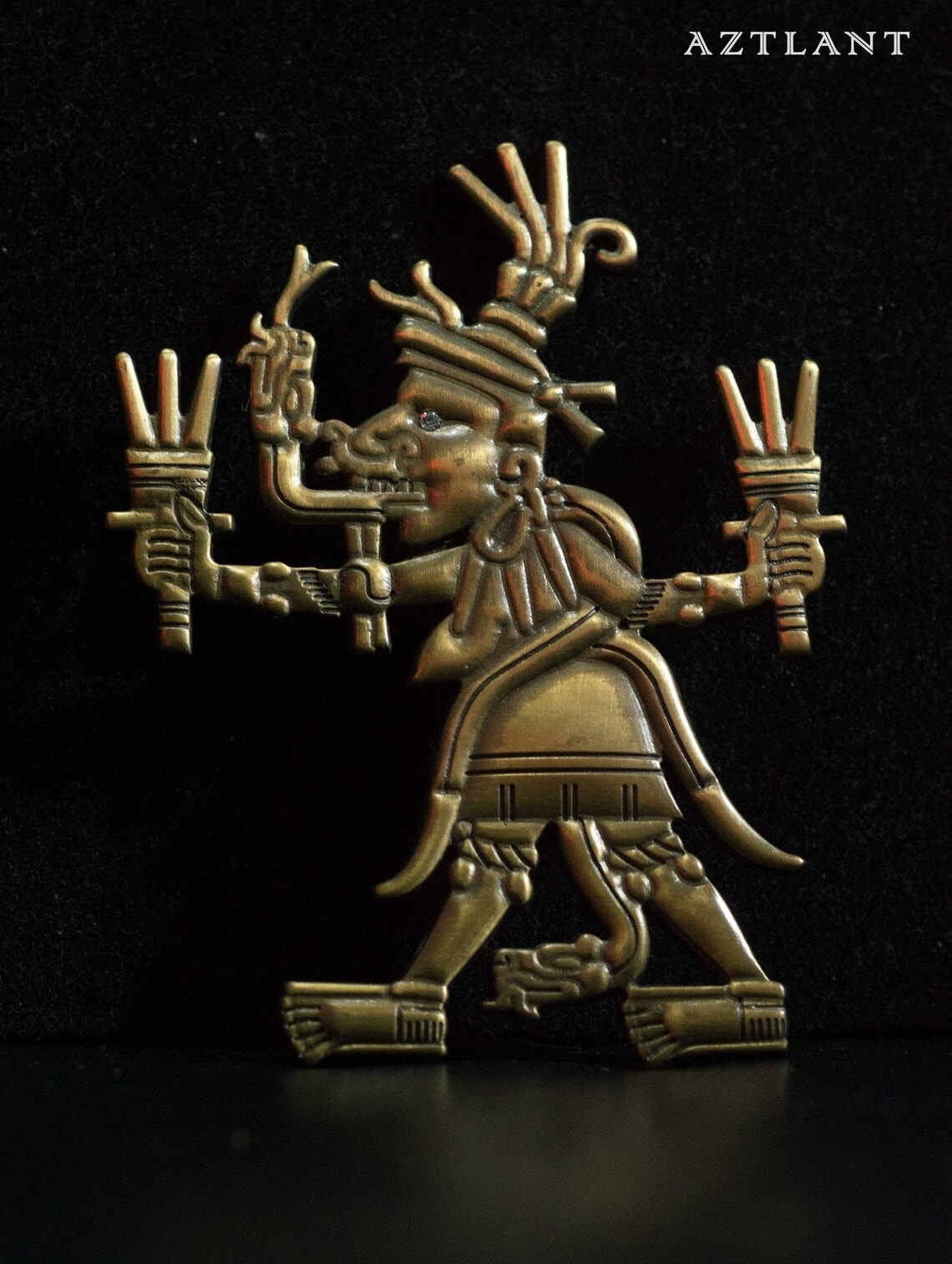
Tlazolteotl, an enigmatic goddess in Aztec mythology, is a deity of purification, forgiveness, and transformation. Aztecs called her the “Eater of Filth,” Her roles encompass various aspects of physical and spiritual health.
The name Tlazolteotl comes from the Nahuatl language, joining “tlazolli” (foulness or bad habit) and “teotl” (god). Her name underscores her job in sanitizing and vindicating the wrongdoings and offenses of her worshippers.
As a goddess of well-being, Tlazolteotl can purge her supporters from physical and spiritual diseases and ailments.
13. Panacea
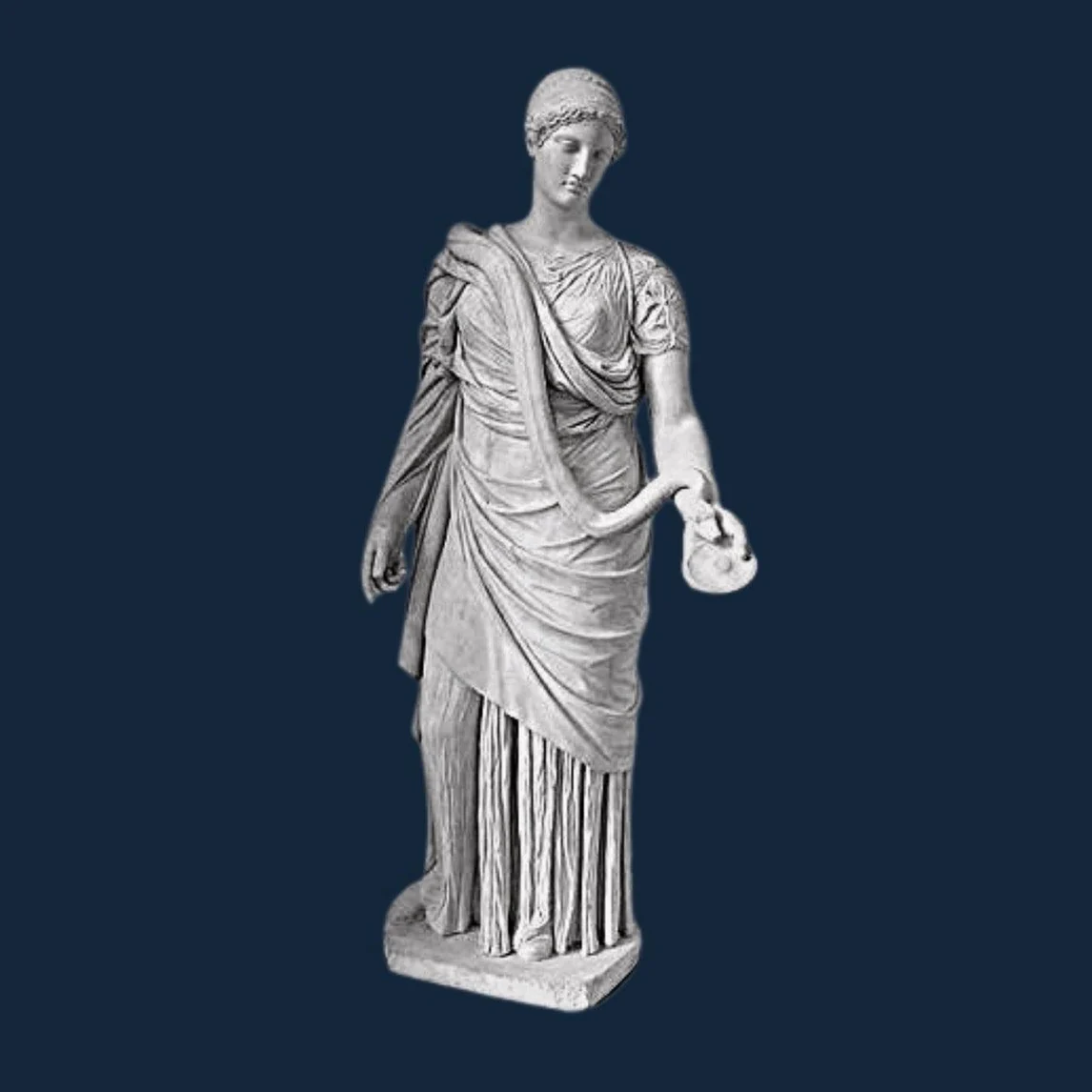
For ancient Greeks, Panacea was the personification of medicine and health. Panacea was the daughter of Asclepius, the lord of medication, and Epione, the goddess of relieving suffering and pain.
Panacea’s mending powers reach all domains of well-being, offering help, and recovery from physical, profound, and otherworldly difficulties.
Her influence is so potent that “panacea” has become synonymous with a universal remedy or a cure-all in modern language.
As a divine healer, Panacea works alongside her siblings, collectively known as the Asclepiadae, to provide care and healing to those in need. Each sibling plays a unique role in the healing process, with Panacea’s specific responsibility being the provision of curative remedies.
14. Mami Wata
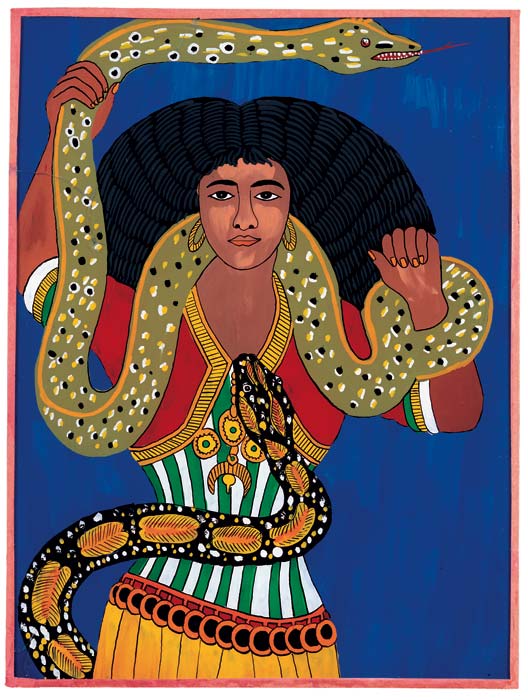
Mami Wata, a fascinating and complex African and Afro-Caribbean folklore goddess, is principally known as a goddess of water, riches, and magnificence. Her relationship with water and her job as a healer and defender add to the prosperity of her devotees.
The name Mami Wata, a blend of the word “Mami” (mother) and the pidgin term “Wata” (water) features her maternal characteristics and her profound association with the nurturing and filtering properties of water. Mami Wata’s origins spread to many African and diasporic societies, mirroring her diverse and fluid nature.
As a goddess associated with water, Mami Wata embodies this vital element’s healing and transformative powers. Water symbolizes purity, cleansing, and rejuvenation, making Mami Wata a spiritual and physical source of renewal. They often turn to her for healing, seeking solace in the therapeutic properties of water and her nurturing guidance.
15. Airmed (Celtic Mythology)
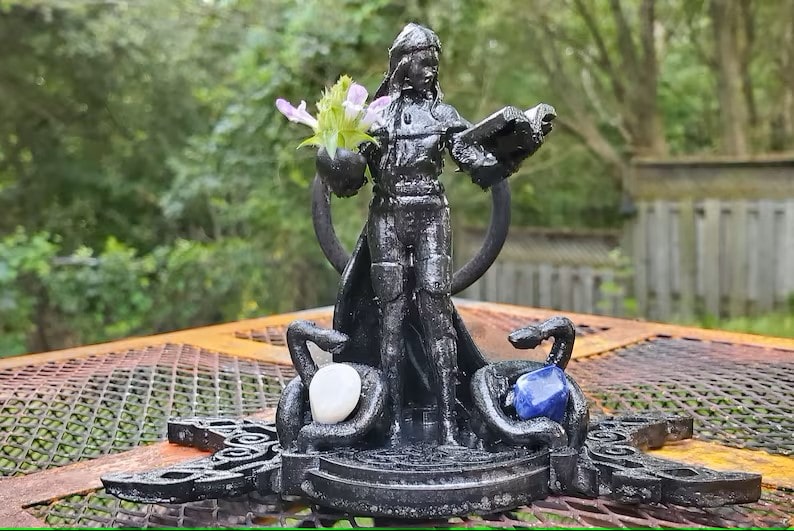
Airmed is a goddess in Celtic mythology. She embodies the essence of healing, health, and the power of medicinal knowledge. As the daughter of Dian Cecht, the god of healing, Airmed inherits a divine legacy that establishes her as a prominent healer and caretaker in the Celtic pantheon.
Airmed’s name, derived from the Old Irish word “airmit” (measure or judgment), reflects her role as a wise and knowledgeable healer. She is an expert in herbalism and normal medication, broadly comprehending the properties and use of plants for healing and bringing life.
As a goddess of well-being, Airmed’s powers reach out to all aspects of prosperity and well-being, including physical, profound, and otherworldly.
16. Jiutian Xuannü (Chinese Mythology)
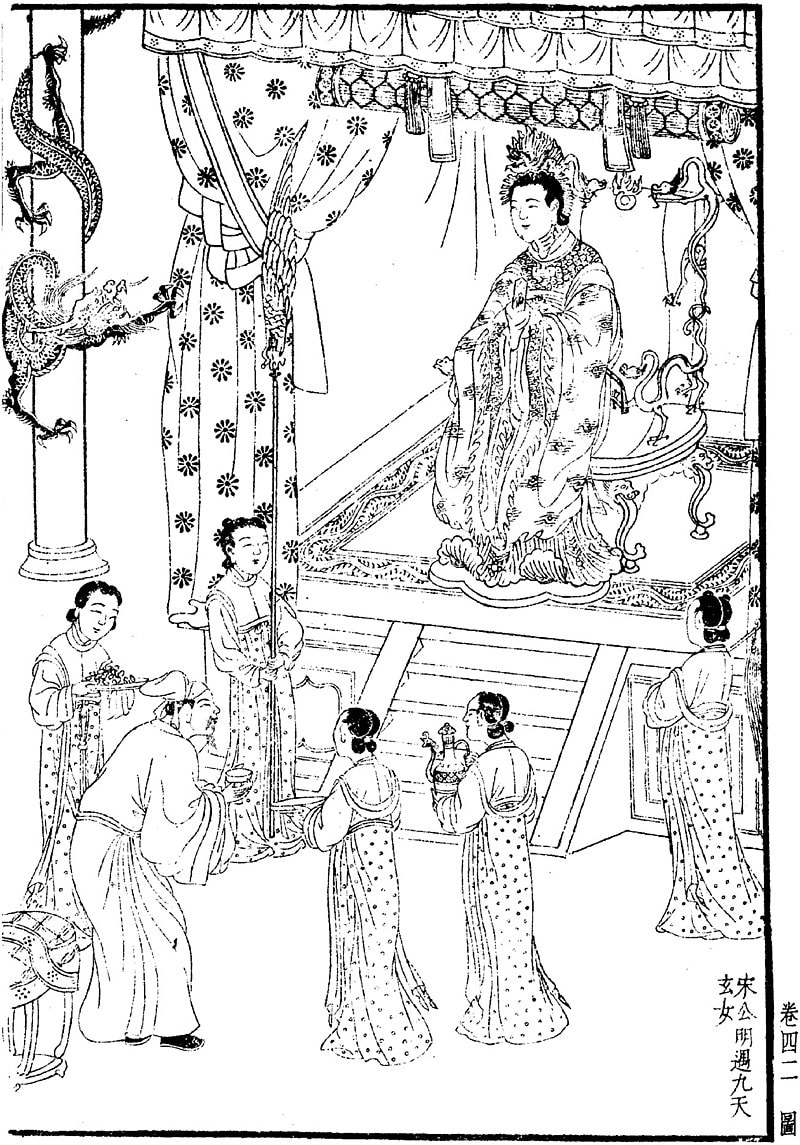
Jiutian Xuannü is primarily known as a deity of war, strategy, and sexuality. She has a connection to vitality, martial arts, and inner strength and contributes to her followers’ physical and spiritual well-being.
The Chinese characters “Jiutian” (of the nine heavens) and “xuannü” (dark lady) highlight her association with the mysterious realms beyond comprehension. As a divine figure in Chinese mythology, Jiutian Xuannü embodies the qualities of wisdom, strategy, and adaptability, essential components for success in physical and spiritual endeavors.
17. Zhiva (Slavic Mythology)
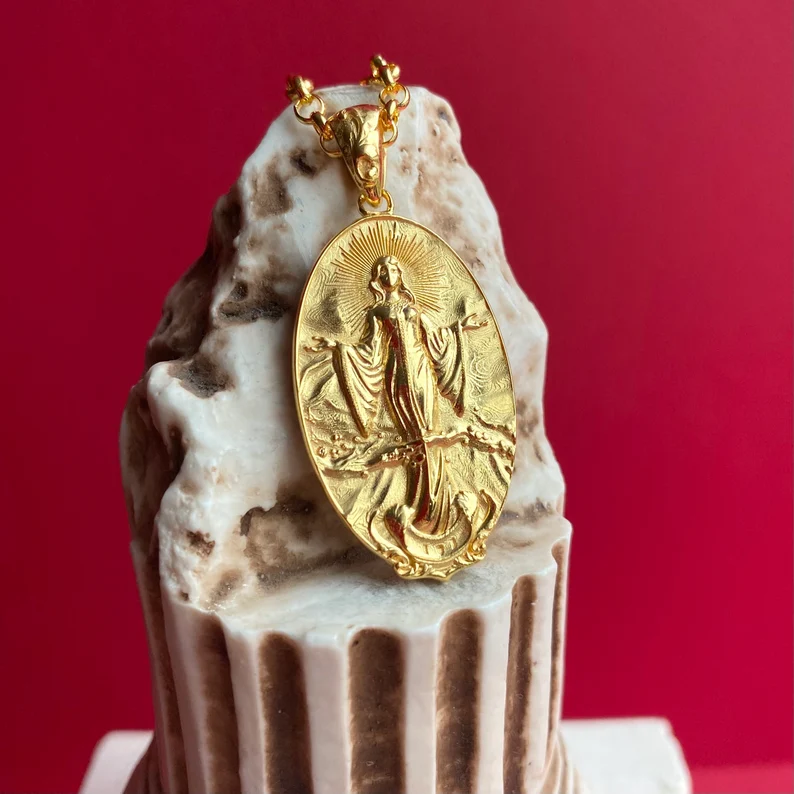
Zhiva, sometimes spelled Ziva or Živa, is a charming goddess of life and richness in Slavic folklore. Her relationship with, growth, and restoration of life and nature brought admiration and worship from many Slavic societies.
The name Zhiva stems from the Slavic word “жив” (zhiv), which means “alive” or “living.” Zhiva’s name underscores her job as a day-to-day existence provider and nurturer, strengthening her worshipers.
As a goddess of life and fertility, Zhiva’s powers encompass the essential aspects of living, growth, and procreation. She is a nurturer, ensuring the continuation of life by fostering the cycles of birth, development, and regeneration. Her influence extends to the plant and animal realms and human beings, making her one of the more important figures in Slavic mythology.
Zhiva’s role in promoting life and growth contributes to the health and well-being of her followers. A healthy, thriving community depends on the natural cycles of life and growth under her view.
18. Eir (Norse Mythology)
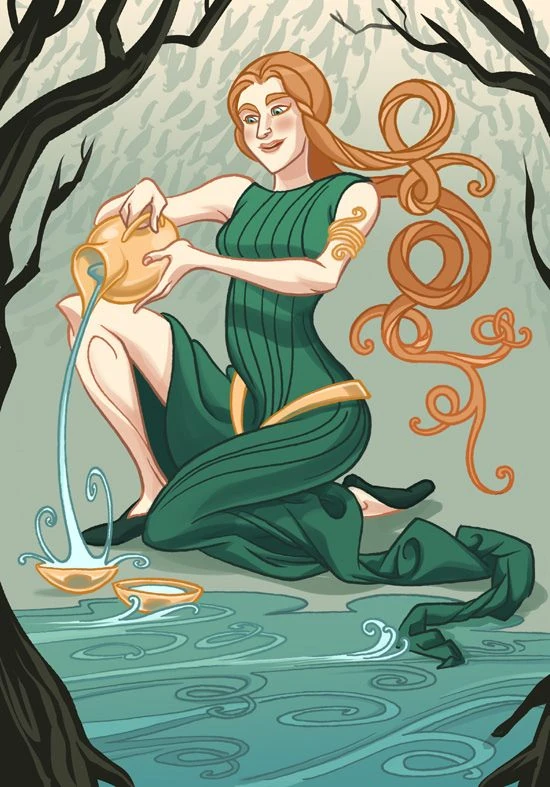
Eir is a noticeable goddess in Norse folklore. Eir is a deity of healing and medication. Her name stems from the Old Norse word “eir,” which means “kindness” or “help.” Eir’s name exemplifies her compassionate nature and the powerful role she plays existence of her devotees.
As a goddess of well-being, Eir’s powers envelop the craft of recovery, healing, and knowledge of vital cures. She is a gifted healing expert, having an unrivaled comprehension of the normal world and the properties of spices and plants.
Eir’s job in Norse folklore reaches past her status as a healer. Sometimes, artists and writers depicted her as one of the Valkyries, the heroic that served Odin. Eir also relieves the injuries of fallen heroes, guaranteeing their health, well-being, and prosperity.
19. Anahit (Armenian Mythology)
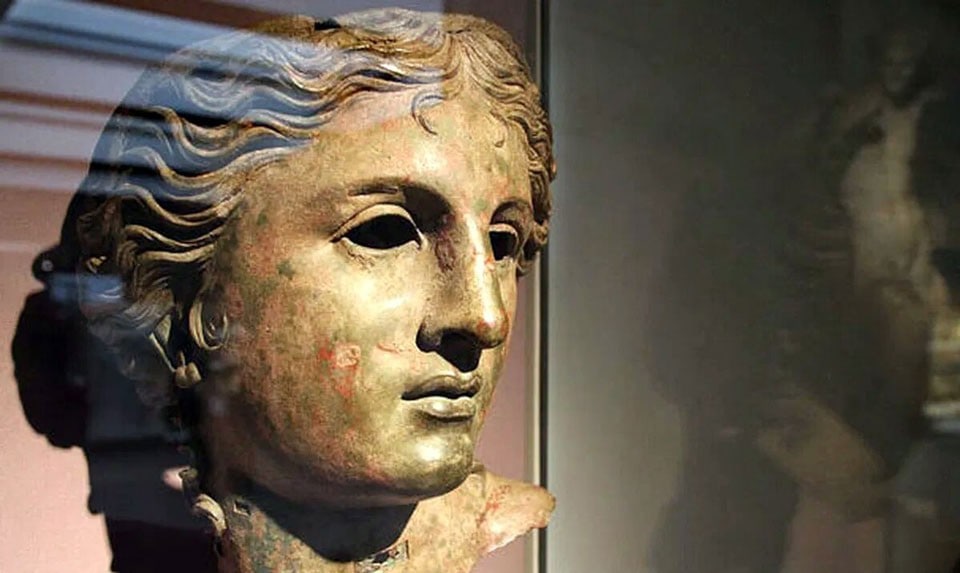
In old Armenian folklore, Anahit is an unmistakable goddess connected with mending, well-being, and prosperity. As the deity of health, she assumed a fundamental part in prosperity by giving blessings to her people. Frequently portrayed as generous and sympathetic, people conjured Anahit for insurance against diseases, wounds, and illnesses.
People loved Anahit for her mending skills, but many also believed she was a goddess of richness, insight, and water. This diverse goddess held extraordinary significance in old Armenian culture, and people worshipped her even after the reception of Christianity.
20. Ninsun (Sumerian Mythology)

Ninsun is a lesser-known goddess of health and healing in ancient Sumerian mythology. She was known as the “Lady Wild Cow” and was worshipped as a mother goddess, fertility deity, and protector of the sick.
Ninsun was believed to have the power to heal physical and emotional ailments and provide comfort to those who were suffering. As a goddess of wisdom, she was also considered a mentor to healers and medicine women, sharing her knowledge of the natural world and the healing arts.
Her association with nature and animals made her a symbol of harmony between humans and the earth. Despite her importance, Ninsun is often overshadowed by other Sumerian goddesses like Inanna and Ishtar. Nevertheless, her role as a goddess of health and healing remains vital and inspiring.
Wrapping Up
Goddesses of health have played a crucial role in various mythologies, embodying different aspects of well-being, fertility, and healing. As multifaceted deities, they understand the human body and the natural world, providing their worshippers with physical and spiritual healing.
Their names, meanings, and stories reflect their deep connection to the earth and its cycles of life and death. In a world where health is increasingly important, we can draw inspiration from these goddesses of health and embrace their wisdom and healing power.








